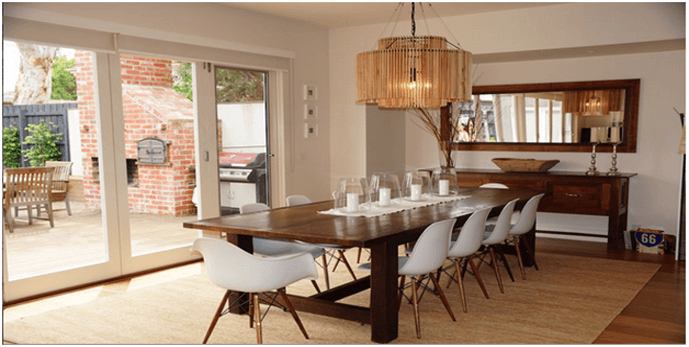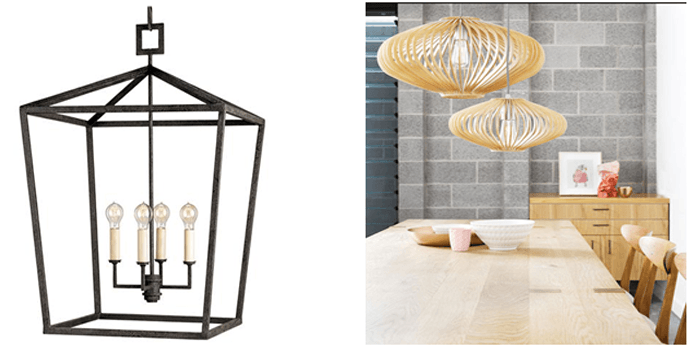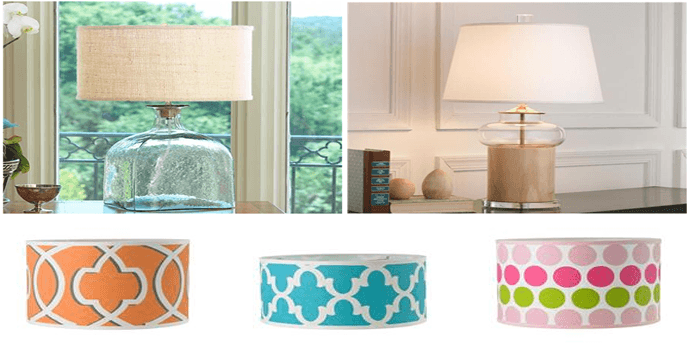Lamps and Lighting Melbourne Australia
Using Lamps and Lighting to Redefine Your Home
Lamps and Lighting Melbourne Australia
Lighting is a key part of any house- and the difference between lighting sources like lamps, hanging lights, and pendants can really make your house look spectacular. It takes a lot of planning to find what you really suits your individual needs- different rooms generally bring different moods and attitudes- obviously, if you’re spending time in your living room, you don’t necessarily want it to be too bright- and the same is definitely true about a bedroom, but if you’re redesigning an office space, or lighting your kitchen, you’re definitely going to want to think about the very best ways to brighten it up to increase your productivity.

Lamps and Lighting Melbourne Australia
The fact of the matter is that lighting is one of the most important aspects in architectural design because lighting, more than anything else affects the experiences of the viewer. Light is one of the most important aspects that are used, not only for visual comfort, but also to achieve a certain predetermined emotional response from your guest.
Through the use of lighting you can really make a statement with any room in the house. If you install a beautiful crystal hanging light or pendant, that showers your guests with brilliant swatches of crystal light, you’re sure to see the difference in their faces, taking your design to the next step. Typically speaking, every aspect of deciding your lighting choices is fairly integral to the overall atmosphere you’re trying to achieve. You have to be ready to consider various moods, like solemnity, even restfulness, activity, warmth or coolness. You can even use lamps to achieve these desired affects, letting them draw from different elements of your interior design, integrating all values of light, line, form, color, textures and various patterns.

Higher and Lower Lighting Sources, Explained
Generally speaking, higher levels of lighting are known to produce cheerful responses and stimulate people around you to be alert and focused. The use of hard lighting achieves these results, illuminating everything and producing an exciting and awake atmosphere where people are ready to react. These kinds of effects are balanced out with low lighting that produces intimacy and restfulness- and typically achieved by soft lights.
Neither of these techniques are best utilized by solely direct light; but rather supplemented by it. Also, while designing your rooms, you must utilize the shine of metal, reflections of crystal and various textures to create environments that trigger feelings of aliveness and enhance a boring room.

Using Colors Carefully
Atmosphere can also be utilized by integrating color into your room, since colors are practically synonymous with mood; however these effects should be applied with much restraint- typically I utilize neutral tones and work from there so the light isn’t over saturated or too intense. When overdone, these effects destroy the beautiful tones of the materials surrounding them, and also people’s coloring. While it might be nice to have a soft tint of color; too much color can make your home seem like a nightclub- and you definitely don’t want that.
When thinking about light and mood, it’s important to remember that colors help set the mood as well, as it’s human nature to associate mood with color, as colors and mood are synonymous for sound mental health. On the same token, light is a life-giving basic energy source for any organic being; affecting the processes of our lives and our biological clocks, and it’s very important for people to be in proper or adequate lighting for specific periods of time to keep one sound and healthy. Typically speaking, people work best under 8 hours of daylight, and 16 hours of partial light, or near darkness. It’s important, as a designer, to avoid lighting to the extremes in any circumstance, and it’s definitely something that has to be considered when designing a domicile.
